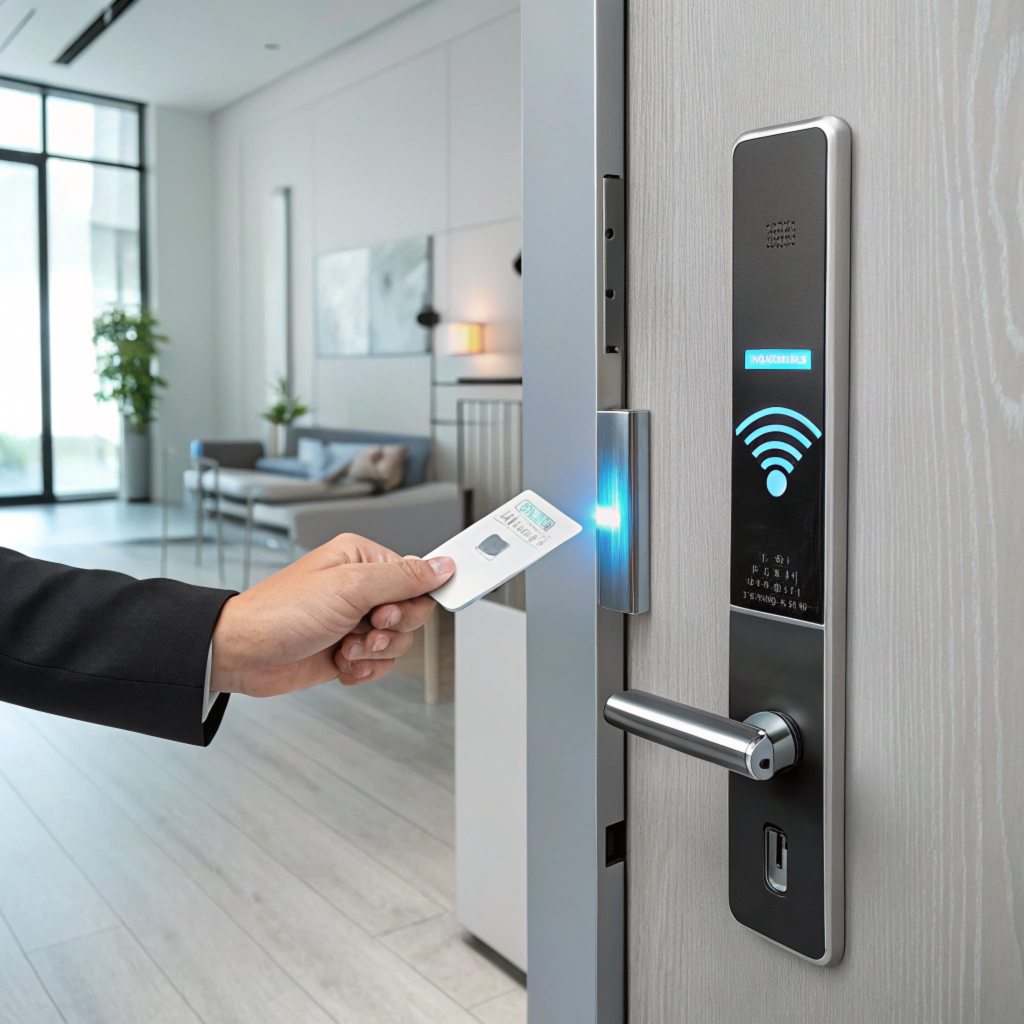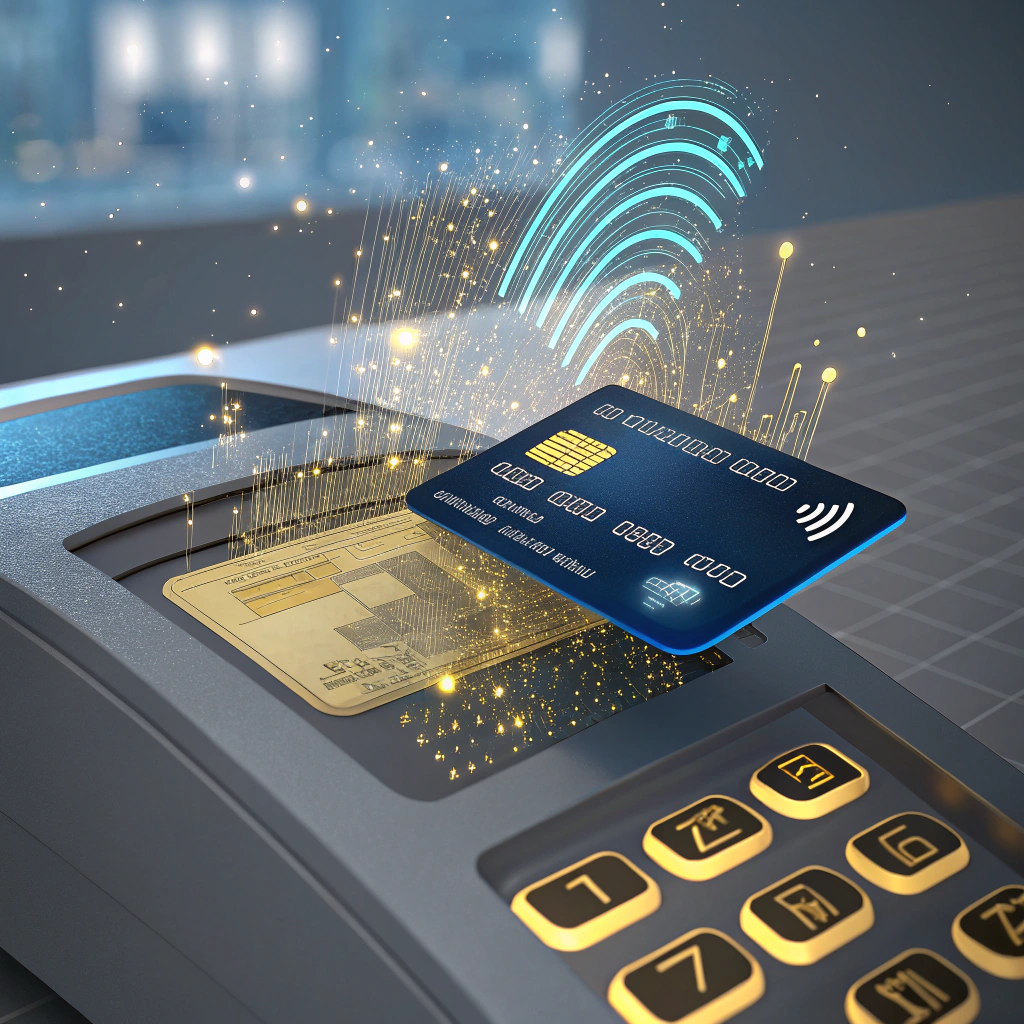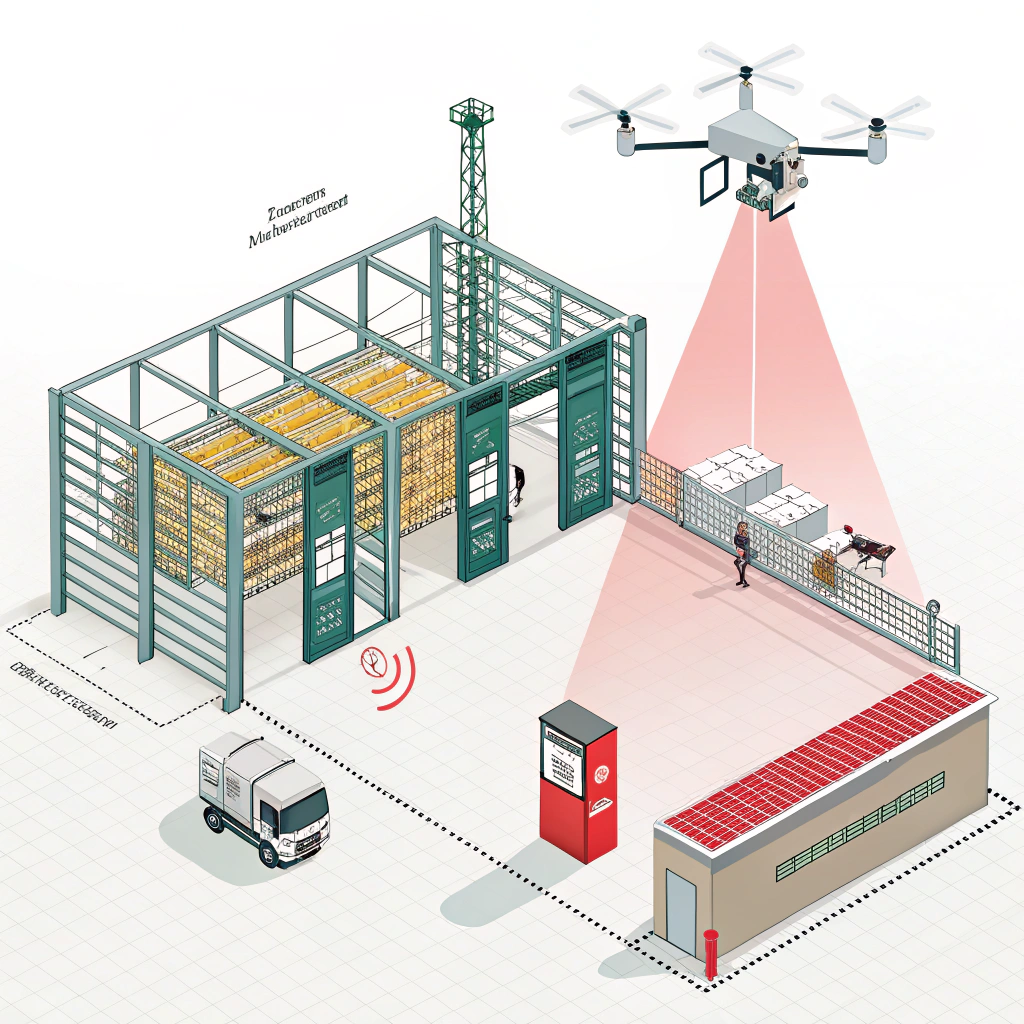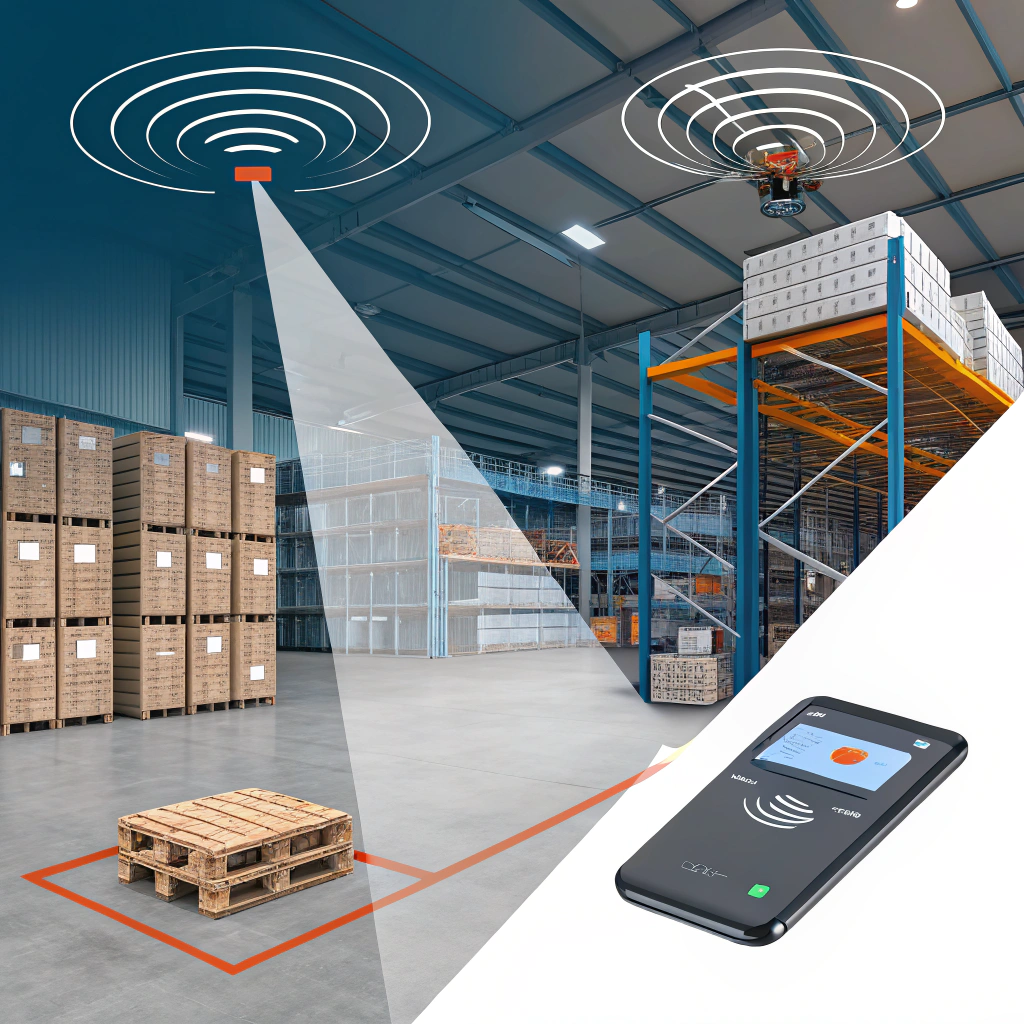What is RFID access control?

RFID technology is revolutionizing how we manage access control. With RFID, you can securely unlock doors or track assets in seconds. But, how does it work, and what makes it different from other systems? Let’s explore RFID access control and its key features.
RFID access control systems use electromagnetic fields to identify and track tags attached to objects or individuals. They allow for contactless access, enhancing security and efficiency in various environments.
Transition Paragraph:
In this article, we’ll dive into the basics of RFID, how it works in access control systems, and answer some common questions about this technology.
Does my credit card have RFID?

Yes, most modern credit cards are embedded with RFID technology to enable contactless payments.
In fact, many credit cards now feature an RFID chip, allowing you to simply tap your card at a payment terminal to complete a transaction. This chip communicates with the terminal via radio waves, much like the way an RFID access control system works.
How do you recognize RFID in your credit card?
There’s usually a small symbol on the card to indicate RFID capability. It’s a series of curved lines resembling a radio signal. If you see this on your card, it’s most likely RFID-enabled.
The technology behind this is similar to the one used in RFID access control systems. However, while access control focuses on security and identification, RFID payments focus on quick, contactless transactions. The system ensures that your card is only read within close proximity to the terminal, making it a convenient and secure way to pay.
What is the purpose of using RFID?

RFID is primarily used to improve security, increase convenience, and enhance tracking capabilities.
In access control, RFID tags are used to grant or deny access based on the credentials stored on the tag. The main advantages of RFID include:
- Contactless convenience: No need to swipe or insert cards—just present the tag near a reader.
- Enhanced security: RFID allows for precise tracking of who enters and exits a building, reducing the risk of unauthorized access.
- Efficient data management: RFID tags can store more information than traditional magnetic stripes, allowing for easier management and updating of credentials.
In addition to access control, RFID is also used in inventory management, asset tracking, and even in livestock tracking. Its versatility makes it a valuable technology for a wide range of industries.
RFID Access Control in Action
In a typical RFID access control system, a person carries an RFID tag, often in the form of a card or a key fob. When they approach an RFID reader, the reader sends out radio signals. The tag responds by transmitting its unique ID, which the reader then verifies against a database. If the ID is valid, the system grants access.
What is the difference between NFC and RFID access control?

NFC (Near Field Communication) is a subset of RFID, and while they share similar technology, they have distinct differences in how they operate.
RFID vs NFC: Key Differences
| Feature | RFID | NFC |
|---|---|---|
| Range | Up to 100 meters, depending on the frequency and tag type | Typically limited to 4 inches (10 cm) |
| Application | Access control, asset tracking, inventory management | Mobile payments, access control, data exchange |
| Power Source | Can be passive (no battery) or active (battery-powered) | Mostly passive, uses electromagnetic field for power |
| Speed | Generally faster, can handle multiple tags at once | Slower, usually for point-to-point communication |
| Technology Type | Wide range of frequencies (LF, HF, UHF) | Operates within the HF (13.56 MHz) range |
When to use RFID vs NFC
- RFID: Typically used in security systems (like access control) and asset tracking. It allows for longer-range communication and is better for industrial applications.
- NFC: Primarily used for contactless payments and peer-to-peer communication. It has a very short range, making it ideal for secure transactions, like tapping a phone to pay or unlocking a door with a smartphone.
Though NFC is a specific type of RFID, it is often preferred for consumer-facing applications like mobile payments due to its short-range security feature. On the other hand, RFID is more common in industrial and commercial settings because of its broader range and flexibility.
Conclusion
RFID access control systems offer a secure, convenient, and efficient way to manage access in various settings. By using RFID technology, businesses can enhance their security protocols, while individuals can benefit from smoother, faster access to restricted areas. Whether you’re using RFID-enabled credit cards or securing a facility with an advanced RFID system, the benefits are clear.
